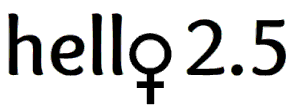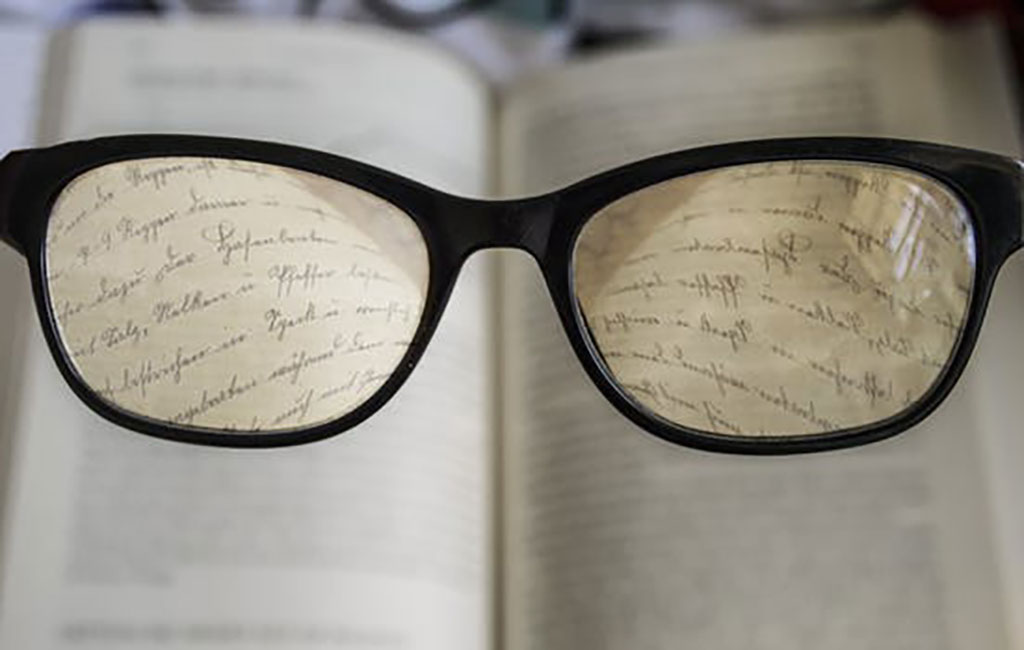Do you find yourself holding the newspaper farther and farther away from your eyes? Have the letters on your computer screen become fuzzy? Do you turn on more lights to read fine print? Or, when dining at your favorite restaurant, do you move the votive candle closer when reading the menu?
If any or all of these are true, it may be time for a pair of reading glasses. Many people, starting in their mid-40s, experience a condition called presbyopia, where the eyes gradually lose their ability to focus on nearby objects due to the loss of elasticity of the lens of the eye.
Although presbyopia is common, affecting over 1.7 billion people worldwide, it might be a good time to visit the eye doctor to rule out problems like glaucoma or cataracts before you run out to buy a pair of reading glasses.
If reading glasses are all you need, it’s time to shop. “Readers” can be custom-made by an optical dispenser or purchased “ready-made” by strength or power at a variety of stores – pharmacies, department stores, specialty shops or online.
The advantage of buying from an optical dispenser is the customization of the lenses. For example, the location of the optical center of the lense is tailored to the wearer, and since most people have differences in the prescriptions for each eye, astigmatisms can be accommodated for in the lenses as well. The disadvantage, though, is cost. Custom “Readers” can run from $200 – $1,000.
If you already wear glasses, you may need a second pair for reading or other up close activities. Another option is switching to progressive lenses, which allow for viewing at all distances. These need to be customized by your optometrist and can be costly, but eliminate the need for multiple glasses.
Another solution is to purchase ready-made readers. While they don’t have the customized fit, most wearers find them more than adequate. The low cost, usually $10-$30, means you can own several pairs; to keep in your car, various rooms of the house, and at work. They come in all styles and colors, making them a fashionable accessory as well as a necessity. Usually the lenses come in strengths increased by .25 diopters (a unit of measurement for the power of a lens) starting at +1.00, +1.25, +1.50 and so on.
Aging eyes shouldn’t prevent you from seeing the world clearly, so it’s important to schedule an appointment for an eye exam – then you can choose what type of glasses work best with your budget and lifestyle.
If your preference is buying ready-made readers, get started at the Readers.com site to help you determine the strength you’ll need.

